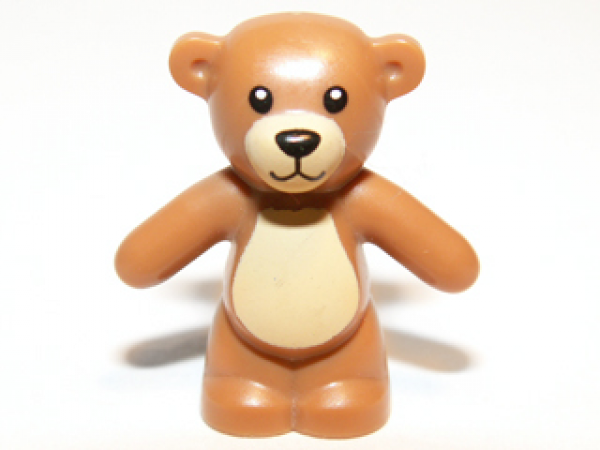

The cartoon was titled “Drawing the Line in Mississippi,” believed to be a double-entendre of Roosevelt’s sportsman’s code and his criticism of lynchings in the South. In it, Roosevelt is dressed in full rough rider uniform, with his back to a corralled, frightened and very docile bear cub, refusing to shoot. Berryman’s sketch appeared in the pages of the Washington Post. News of Roosevelt’s compassionate gesture soon spread throughout the country, and by Monday morning, November 17, cartoonist Clifford K. The animal was slung over a horse and taken back to camp. When the president caught up with Collier, he came upon a horrific scene: a bloody, gasping bear tied to a tree, dead and injured dogs, a crowd of hunters shouting, “Let the president shoot the bear!” As Roosevelt entered the water, Collier told him, “Don’t shoot him while he’s tied.” But he refused to draw his gun, believing such a kill would be unsportsmanlike.Ĭollier then approached the bear with another hunter and, after a terrible struggle in the water, killed it with his knife. He then tied it to a nearby tree and waited for Roosevelt. Wanting to save the kill for the president but seeing that his dogs were in danger, Collier swung his rifle and smashed the bear in the skull. Collier bugled for Roosevelt to join the hunt, then approached the bear. Cornered by the barking hounds, the bear swiped several with its paws, then crushed one to death.

After a break for lunch, Collier’s dogs had chased an old, fat, 235-pound black bear into a watering hole. But the next morning, Collier’s hounds picked up the scent of a bear, and the president spent the next several hours in pursuit, tracking through mud and thicket.

“I must see a live bear the first day,” he told Collier. The hunt had been scheduled as a 10-day excursion, but Roosevelt was impatient. “He was safer with me than with all the policemen in Washington,” Collier later said. Longino enlisted his expertise because hunting for bear in the swamps was dangerous (which Roosevelt relished). He had also killed more than 3,000 bears over his lifetime. In the lowlands they set up camp with trappers, horses, tents, supplies, 50 hunting dogs, journalists and a former slave named Holt Collier as their guide.Īs a cavalryman for Confederate General Nathan Bedford Forrest during the Civil War, Collier knew the land well. Undeterred, Roosevelt met Longino in mid-November, 1902, and the two traveled to the town of Onward, 30 miles north of Vicksburg. Holt Collier was Roosevelt’s guide on his famous 1902 hunt in Mississippi. Vardaman called Roosevelt the “coon-flavored miscegenist in the White House.” Longino was the first Mississippi governor elected after the Civil War who was not a Confederate veteran, and he would soon be facing a re-election fight against James Vardaman, who declared, “If it is necessary every Negro in the state will be lynched it will be done to maintain white supremacy.” Longino was clearly hoping that a visit from the popular president might help him stave off a growing wave of such sentiment. In late October, as temperatures began to drop, the union and the owners struck a deal.Īfter averting that disaster, Roosevelt decided he needed a vacation, so he accepted an invitation from Mississippi Governor Andrew Longino to head south for a hunting trip. Throughout the fall, despite the risk of a major political setback, Roosevelt met with union representatives and coal operators. Neither side was willing to give in, and fearing a deadly wintertime shortage of coal, Roosevelt decided to intervene, threatening to send in troops to the Midwest to take over the anthracite mines if the two sides couldn’t come to an agreement. The mine owners had welcomed the strike because they could not legally shut down production it gave them a way to save on wages while driving up demand and prices. But the teddy bear is an American original: Its story begins with a holiday vacation taken by President Theodore Roosevelt.īy the spring of 1902, the United Mine Workers of America were on strike, seeking shorter workdays and higher wages from a coal industry that was suffering from oversupply and low profits. This 1902 cartoon in the Washington Post was the inspiration behind the birth of the “teddy bear.” Photo: Wikipediaīoxed and wrapped in paper and bows, teddy bears have been placed lovingly underneath Christmas trees for generations, to the delight of tots and toddlers around the world.


 0 kommentar(er)
0 kommentar(er)
